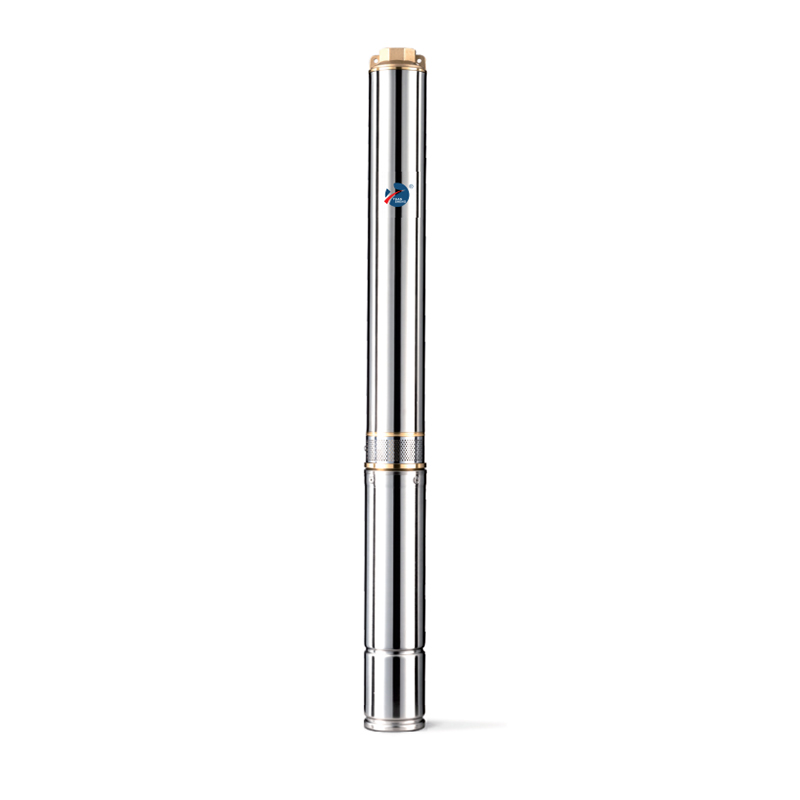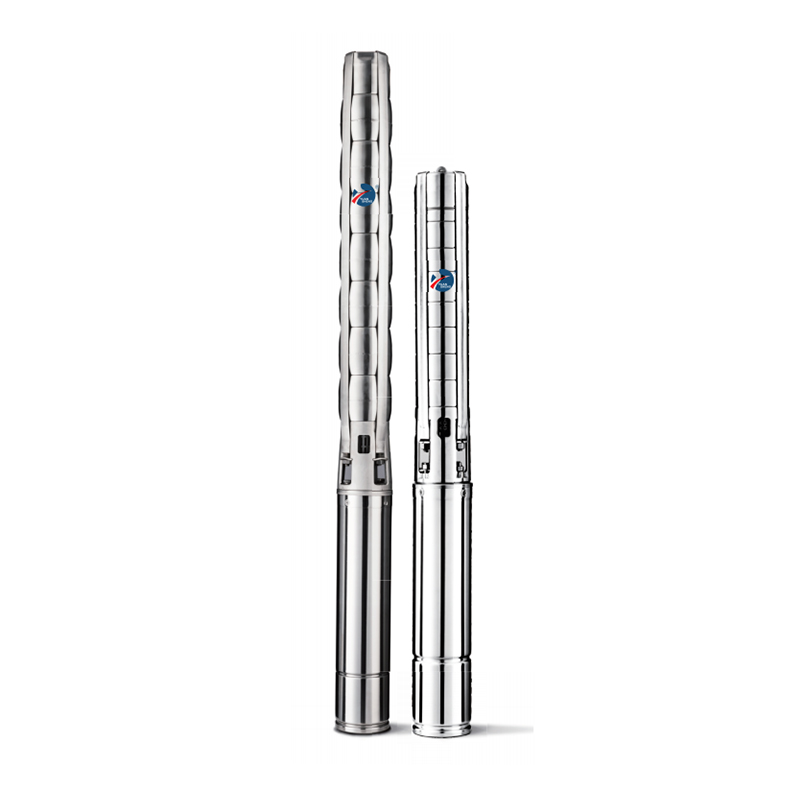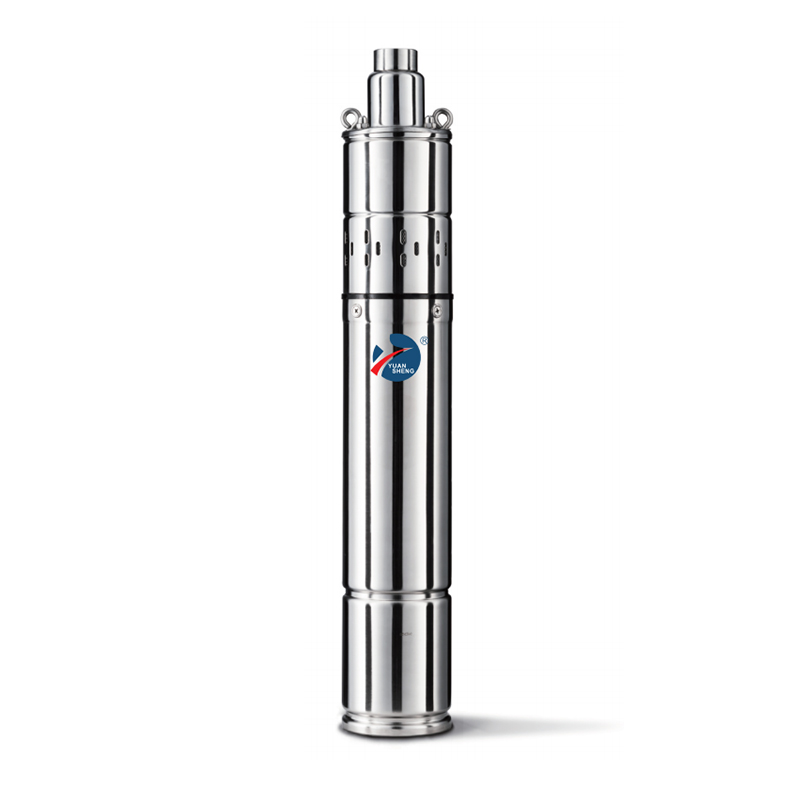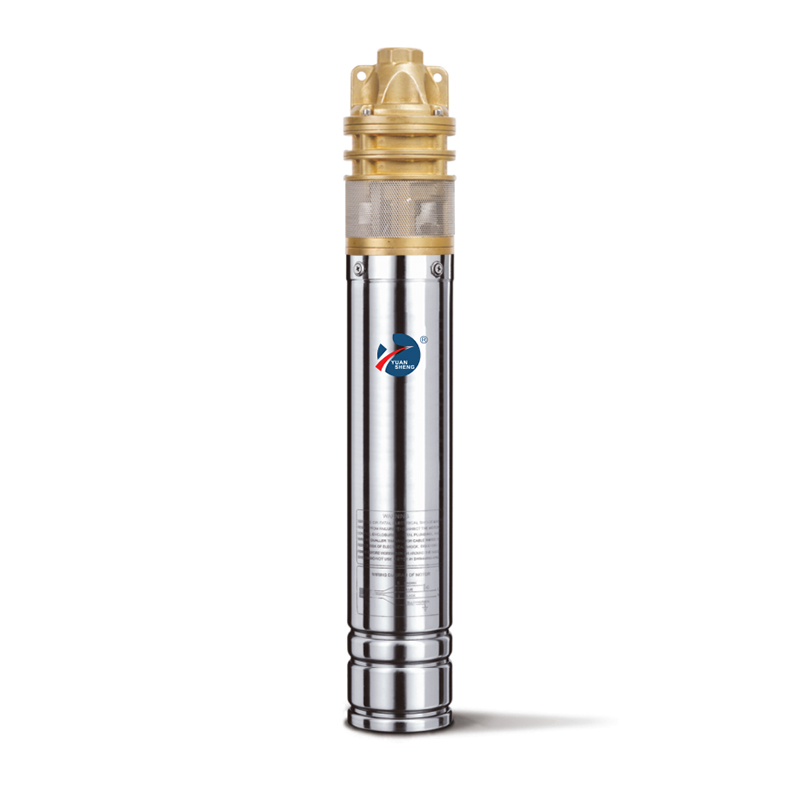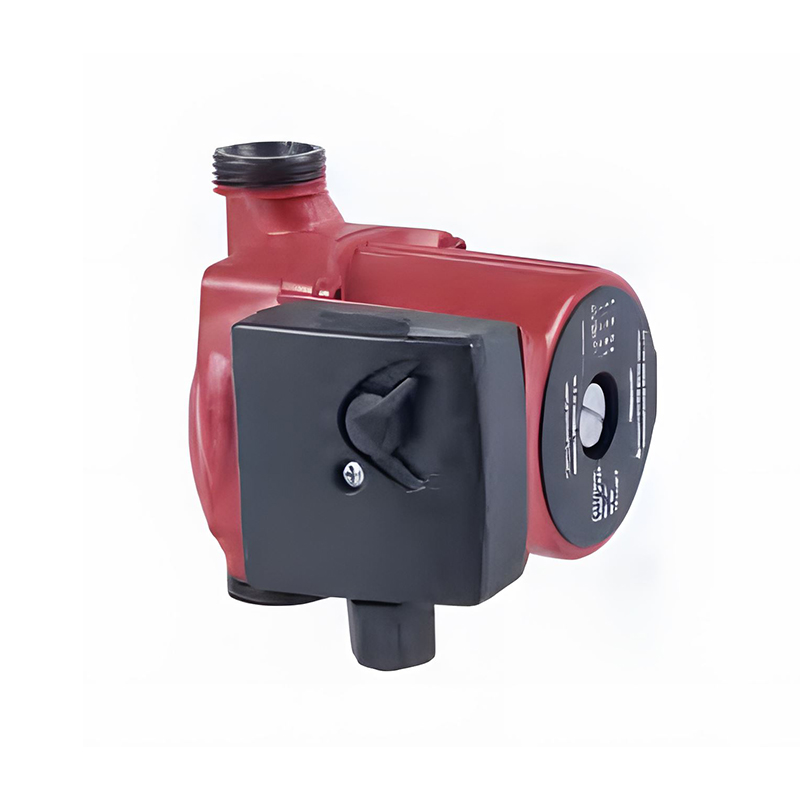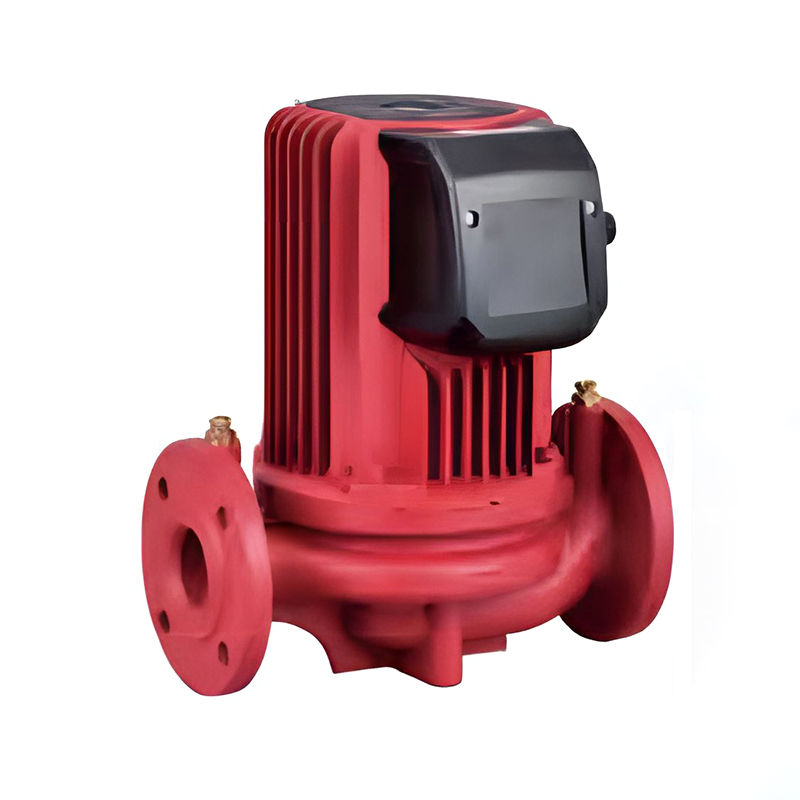Aquaculture machine aerators, as a rapidly growing industry, has become a crucial part of global food production. With the increasing demand for aquatic products, the need for efficient and effective aquaculture practices has never been more important. One of the key components in modern aquaculture systems is the machine aerator, which plays a vital role in maintaining the health and productivity of aquatic species.
The primary function of an aquaculture machine aerator is to increase the oxygen levels in the water. Aquatic organisms, like fish and shellfish, require a certain amount of dissolved oxygen to survive and thrive. Without adequate oxygen, these organisms can suffer from stress, reduced growth rates, and even death. Aerator machines work by introducing air into the water, creating bubbles that rise to the surface and facilitate the exchange of gases. This process not only increases the oxygen content but also helps to remove harmful gases such as carbon dioxide and ammonia from the water.
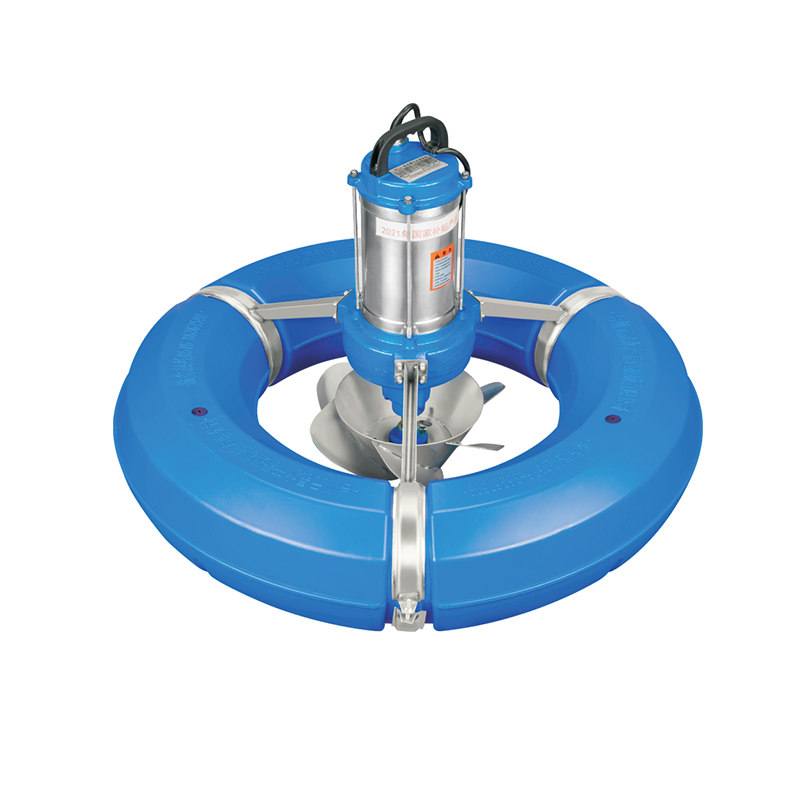
In addition to oxygenation, aerators also promote water circulation within the aquaculture system. Proper water circulation is essential for distributing nutrients evenly throughout the water column and preventing the buildup of waste products in stagnant areas. By creating currents and mixing the water, aerators ensure that all parts of the system receive the necessary nutrients and oxygen. This is particularly important in large-scale aquaculture operations where water quality can vary significantly across different areas of the pond or tank. Effective water circulation also helps to maintain a uniform temperature throughout the system, which is crucial for the growth and development of many aquatic species.
Another significant benefit of using machine aerators in aquaculture is the reduction of disease risk. Poor water quality and low oxygen levels can weaken the immune systems of aquatic organisms, making them more susceptible to diseases and infections. Additionally, the improved water circulation created by aerators can help to disperse pathogens and prevent their concentration in specific areas, further reducing the risk of disease transmission among the aquatic population.
The use of machine aerators can also lead to increased production efficiency in aquaculture operations. By providing a healthier and more stable environment for the aquatic species, aerators can support higher stocking densities without compromising the well-being of the organisms. This means that more fish or shellfish can be raised in the same amount of space, resulting in higher yields and greater economic benefits for the aquaculture industry. Moreover, the improved water quality and reduced disease risk can lead to faster growth rates and better feed conversion ratios, further enhancing the overall efficiency of the production process.
While machine aerators offer numerous benefits for aquaculture, it is important to consider their environmental impact. The energy consumption of aerators can be significant, especially in large-scale operations. Therefore, it is essential to choose energy-efficient models and optimize their usage to small the carbon footprint of aquaculture activities. Additionally, proper maintenance and regular monitoring of the aerators can help to ensure their efficient operation and reduce the risk of equipment failures that could lead to environmental pollution.
In conclusion, aquaculture machine aerators are indispensable tools in modern aquaculture. They play a crucial role in enhancing water quality, promoting water circulation, reducing disease risk, and increasing production efficiency.


 English
English 中文简体
中文简体 عربى
عربى